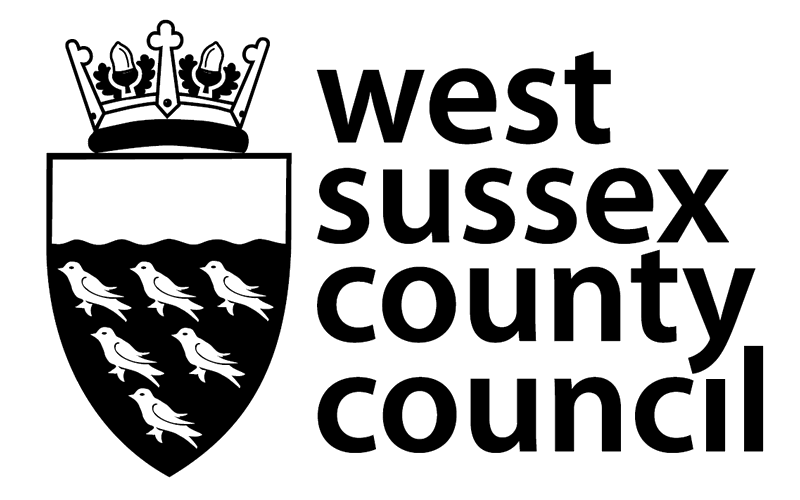This is why West Sussex County Council’s new Local Flood Risk Management Strategy takes a catchment-based approach to find flood risks along the water’s journey from its source to where it finally discharges.
Through tracking the whole water cycle, the catchment approach enables the council to take action to remove or minimise risk factors before the heavy rain comes, protecting the surrounding communities. These risks could include water draining off agricultural land too quickly, a poorly maintained ditch, blocked culvert or unmanaged water run-off from a development. It also considers factors that can increase the risk along the way, such as flood plains and major developments.
Excess water will always overflow, but the strategy looks for ways to slow it down or contain it. This can be as simple as creating a natural leaky dam across a brook, to encouraging architects and construction companies to design sustainable developments that manage how water will flow through and away from a site.
Councillor Deborah Urquhart, West Sussex County Council’s cabinet member for the Environment and Climate Change, said: “Integral to Our Council Plan is our commitment to manage flood risk with our partners to ensure our residents are better prepared for and resilient to flooding. In West Sussex, with rivers, wetlands and floodplains bordered by the Downs and the sea, we can be at risk of serious flooding after heavy rain, as we recently experienced in 2024. Understanding our unique environment and working with it is the best way to reduce our flood risk.
“Tracking where excess water starts and thinking about how to slow it down and store it is guiding our strategy to manage how water flows around our county. Water does not respect boundaries or titles, so it’s important that everyone with responsibility for water management works together, from landowners with a ditch on their land, to architects and engineers designing developments and infrastructure projects.
“That’s why we’re working closely with environmental groups and communities to give them the support to develop local projects, because small interventions combine to make a major difference to prevent a flood risk developing.”



